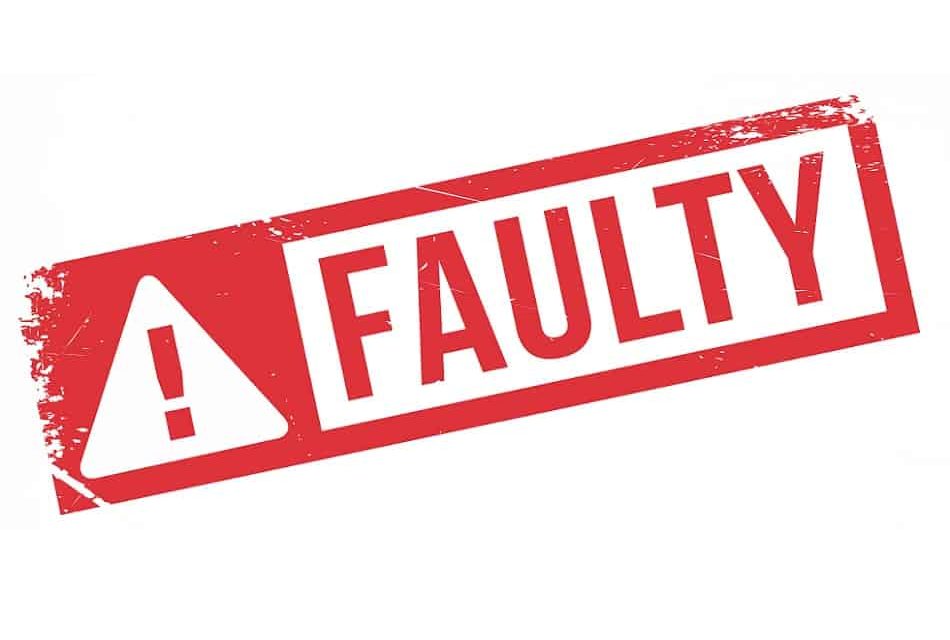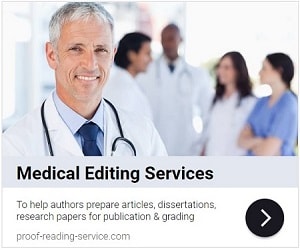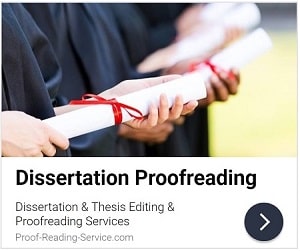Introduction
Receiving critical feedback from a journal editor can be a challenging experience, particularly when the editor claims that your research is faulty. While such feedback may initially seem discouraging, it is essential to handle it professionally and constructively. Whether the claim is justified or not, responding appropriately can influence the outcome of your manuscript’s review and future opportunities for publication.
This article explores why journal editors might label research as faulty, how to assess their concerns, and strategies for responding effectively.
Understanding the Editor’s Perspective
Journal editors play a crucial role in maintaining the integrity and quality of scientific publishing. When they claim that a research paper is faulty, their concerns typically fall into one or more of the following categories:
1. Methodological Issues
- Flaws in research design, data collection, or analysis.
- Sample size too small to draw valid conclusions.
- Lack of control variables or bias in data interpretation.
2. Theoretical or Conceptual Weaknesses
- Research does not adequately engage with existing literature.
- Hypotheses or research questions are not well-defined.
- The study lacks a clear theoretical framework.
3. Statistical and Data Problems
- Errors in statistical analysis or misinterpretation of results.
- Use of inappropriate or outdated statistical methods.
- Insufficient data to support conclusions.
4. Ethical Concerns
- Issues related to plagiarism, data fabrication, or failure to obtain ethical approval.
- Lack of informed consent or mishandling of confidential data.
5. Presentation and Clarity
- Poorly structured manuscript with unclear arguments.
- Grammatical errors, ambiguous phrasing, or lack of coherence.
- Tables, figures, or references not properly formatted.
How to Assess the Validity of the Editor’s Claims
Before responding, it is essential to objectively evaluate the editor’s concerns and determine whether they are justified.
1. Carefully Review the Feedback
- Read the editor’s comments thoroughly to understand the specific concerns.
- Identify whether the feedback is related to methodology, theory, data, ethics, or presentation.
2. Compare with Reviewer Comments
- If the manuscript was peer-reviewed, check whether the reviewers raised similar concerns.
- If the editor’s feedback contradicts the reviewers’ comments, consider addressing this in your response.
3. Consult Co-Authors or Mentors
- Discuss the feedback with colleagues or mentors to gain an objective perspective.
- Seek advice on whether the criticism is valid and how best to respond.
4. Check for Misunderstandings
- Sometimes, editors misinterpret aspects of the research due to unclear explanations.
- Ensure that key concepts, methods, and results are presented transparently.
How to Respond Professionally
Once you have assessed the feedback, your response should be professional, respectful, and well-structured. Below are different approaches depending on the nature of the editor’s claims.
1. If the Criticism Is Valid
If the editor’s concerns are justified, acknowledge them and propose necessary revisions.
Example Response:
Dear [Editor’s Name],
Thank you for your detailed feedback on our manuscript. We acknowledge the concerns raised regarding our sample size and have now conducted additional analyses to strengthen our findings. We appreciate the opportunity to improve the clarity and rigor of our study. Enclosed is the revised manuscript with the necessary corrections.
Sincerely,
[Your Name]
[Institution]
2. If the Criticism Is Based on a Misunderstanding
If the editor has misinterpreted certain aspects of the research, clarify the misunderstanding in a polite and detailed manner.
Example Response:
Dear [Editor’s Name],
We appreciate your feedback on our manuscript. We would like to clarify a potential misunderstanding regarding our methodology. The approach we used follows established guidelines in [field], and we have now elaborated on this in the revised manuscript (see Section X). We hope this clarification addresses your concern and are happy to provide additional details if needed.
Sincerely,
[Your Name]
[Institution]
3. If the Criticism Is Unjustified or Subjective
If you believe the editor’s claims are unfair or biased, it is important to defend your work professionally with evidence.
Example Response:
Dear [Editor’s Name],
Thank you for reviewing our manuscript. We respectfully disagree with the claim that our research lacks theoretical grounding. Our study builds upon [specific theories] and is supported by multiple references (see citations in Section X). We kindly request reconsideration based on this clarification and welcome any additional feedback that may improve the manuscript.
Sincerely,
[Your Name]
[Institution]
4. If the Editor Rejects the Manuscript Due to “Faulty” Research
If the editor rejects the paper but you strongly believe in the validity of your research, you can appeal the decision or consider submitting to another journal.
Option 1: Appeal the Decision
Dear [Editor’s Name],
We appreciate your time and effort in reviewing our manuscript. We respectfully request an appeal of the decision based on the following reasons: [explain briefly]. We have also made further clarifications in response to your concerns and have attached a revised version for your reconsideration. We would be grateful for any further feedback.
Sincerely,
[Your Name]
[Institution]
Option 2: Submit to Another Journal
- If the editor maintains their stance, consider revising the manuscript and submitting it to a different journal.
- Address the previous feedback to strengthen your submission.
Preventing Issues Before Submission
To reduce the chances of receiving claims of faulty research, take proactive measures before submitting your manuscript.
1. Ensure Methodological Soundness
- Use appropriate research design and data analysis techniques.
- Validate findings through peer discussions before submission.
2. Write Clearly and Concisely
- Ensure that the manuscript is well-organized and free of ambiguities.
- Seek professional editing or proofreading assistance if necessary.
3. Conduct a Pre-Submission Review
- Have colleagues or mentors review the manuscript for potential weaknesses.
- Some journals offer pre-submission inquiries where authors can get preliminary feedback from editors.
4. Select the Right Journal
- Ensure that your research aligns with the journal’s scope and editorial standards.
- Review recently published papers to understand the journal’s expectations.
5. Be Transparent About Limitations
- Acknowledge any limitations in the study to preemptively address reviewer concerns.
- Providing a balanced discussion of strengths and weaknesses enhances credibility.
Conclusion
Receiving feedback that your research is faulty can be challenging, but handling it professionally is key to academic success. Whether the concerns are justified, based on misunderstandings, or unfairly critical, responding with clarity, respect, and evidence is essential. By carefully assessing the feedback, addressing valid criticisms, and defending your research when necessary, you can navigate the peer-review process effectively and increase the likelihood of publication. Taking proactive steps before submission, such as improving methodological rigor and ensuring clarity in writing, can also minimize such challenges in the future.














